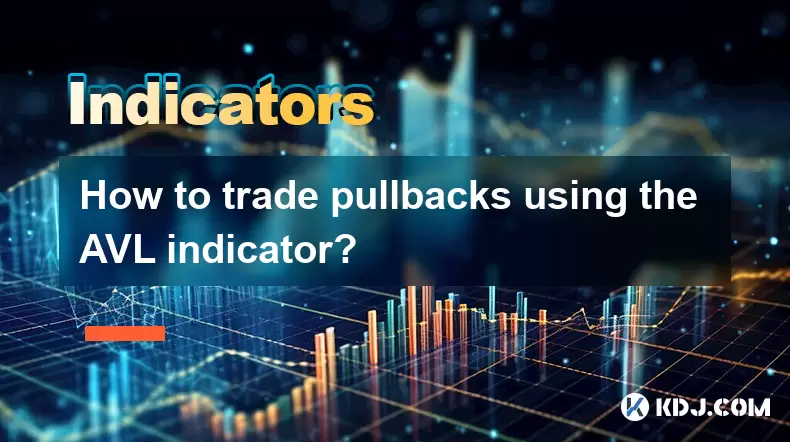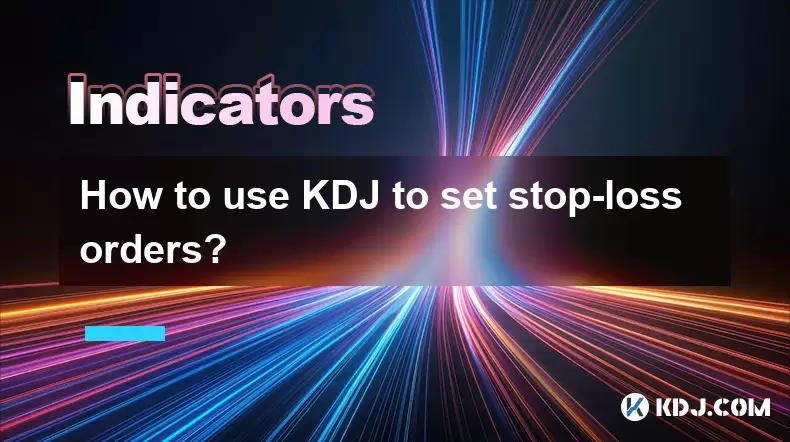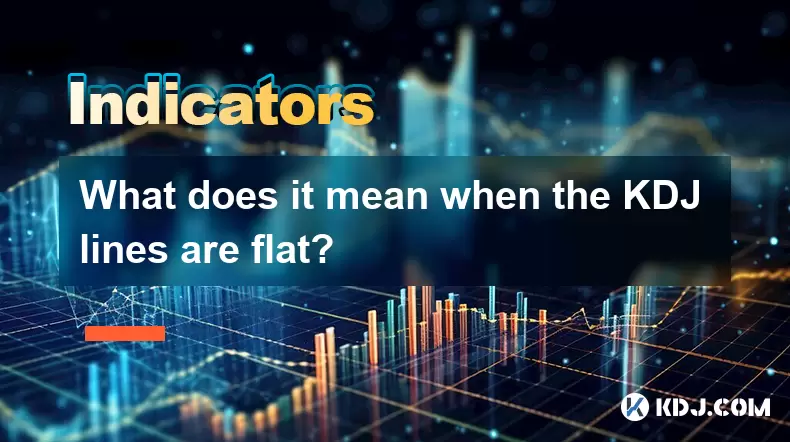-
 Bitcoin
Bitcoin $114700
-3.36% -
 Ethereum
Ethereum $3619
-6.51% -
 XRP
XRP $2.926
-7.66% -
 Tether USDt
Tether USDt $0.9998
-0.02% -
 BNB
BNB $768.6
-4.90% -
 Solana
Solana $168.2
-7.52% -
 USDC
USDC $0.9999
0.00% -
 Dogecoin
Dogecoin $0.2045
-9.02% -
 TRON
TRON $0.3243
-0.27% -
 Cardano
Cardano $0.7208
-8.45% -
 Hyperliquid
Hyperliquid $39.74
-9.17% -
 Stellar
Stellar $0.3882
-8.79% -
 Sui
Sui $3.481
-11.93% -
 Chainlink
Chainlink $16.52
-9.04% -
 Bitcoin Cash
Bitcoin Cash $556.7
-4.79% -
 Hedera
Hedera $0.2444
-11.40% -
 Avalanche
Avalanche $21.96
-8.51% -
 Ethena USDe
Ethena USDe $1.001
-0.02% -
 UNUS SED LEO
UNUS SED LEO $8.950
0.15% -
 Toncoin
Toncoin $3.425
-2.33% -
 Litecoin
Litecoin $104.4
-5.94% -
 Shiba Inu
Shiba Inu $0.00001212
-7.49% -
 Polkadot
Polkadot $3.630
-6.98% -
 Uniswap
Uniswap $9.165
-10.12% -
 Monero
Monero $306.8
-3.10% -
 Dai
Dai $0.9999
-0.01% -
 Bitget Token
Bitget Token $4.360
-3.43% -
 Pepe
Pepe $0.00001049
-9.59% -
 Cronos
Cronos $0.1352
-8.67% -
 Aave
Aave $256.5
-8.03%
How to trade pullbacks using the AVL indicator?
The AVL indicator helps traders identify strong pullback entries by confirming volume-backed momentum in trending markets.
Jul 31, 2025 at 07:21 pm

Understanding the AVL Indicator and Its Role in Pullback Trading
The AVL indicator, also known as the Accumulation Volume Line, is a volume-based technical analysis tool that combines price and volume data to identify the strength behind price movements. Unlike simple moving averages or oscillators, the AVL tracks cumulative volume adjusted by price changes, offering insight into whether a trend is supported by genuine buying or selling pressure. When trading pullbacks—temporary reversals within a prevailing trend—the AVL indicator helps traders distinguish between healthy corrections and potential reversals. By monitoring divergence between price and the AVL line, traders can detect weakening momentum before price action confirms it. This makes the AVL especially useful in trending markets, where pullbacks present high-probability entry opportunities.
Identifying Pullbacks in an Established Trend
Before applying the AVL indicator, traders must first confirm the presence of a strong trend. This can be done using tools like trendlines, moving averages, or higher time frame analysis. Once a trend is identified—either bullish or bearish—traders should look for pullbacks, which are short-term countertrend moves. In an upward trend, a pullback appears as a temporary price decline. In a downward trend, it manifests as a brief rally. The key is to avoid mistaking a pullback for a full reversal. The AVL indicator supports this distinction by showing whether volume during the pullback is decreasing, which typically indicates lack of conviction from opposing traders. When the AVL line remains above its previous swing low in an uptrend, it suggests accumulation is still dominant, reinforcing the idea that the pullback is temporary.
Using AVL Divergence to Confirm Pullback Entries
One of the most powerful signals the AVL provides during pullbacks is divergence. Bullish divergence occurs when price makes a lower low during a pullback, but the AVL line forms a higher low. This indicates that despite the price drop, selling volume is decreasing, and buyers may soon regain control. Conversely, bearish divergence in a downtrend happens when price makes a higher high in a counter-trend rally, but the AVL line makes a lower high—suggesting weak buying volume and a likely resumption of the downtrend. To spot this:
- Apply the AVL indicator on your charting platform (available on TradingView, MetaTrader, etc.).
- Align the AVL with price candles and observe the swing points.
- Look for instances where price and AVL move in opposite directions during a pullback.
- Confirm divergence over at least two comparable swing points for reliability.
This divergence acts as an early warning that the pullback may be ending, offering a strategic entry point.
Entry Strategies Based on AVL Confirmation
Once a pullback and AVL divergence are identified, traders can plan their entries with greater confidence. The goal is to enter as the trend resumes, using the AVL as confirmation. For a long entry in an uptrend:
- Wait for price to retest a key support level (e.g., a prior resistance turned support, or a moving average).
- Confirm that the AVL line is rising or holding above previous lows.
- Enter when a bullish candlestick pattern forms (e.g., bullish engulfing, hammer).
- Place a stop-loss just below the recent pullback low.
For a short entry in a downtrend:
- Observe price approaching resistance during a pullback.
- Ensure the AVL line is flat or declining, showing lack of accumulation.
- Enter on a bearish reversal candle (e.g., shooting star, bearish engulfing).
- Set a stop-loss above the pullback high.
Each entry should be accompanied by volume analysis—low volume during the pullback supports the idea of weak opposition, increasing the likelihood of trend continuation.
Managing Risk and Position Size with AVL Signals
Even with strong AVL signals, risk management remains critical. The AVL indicator does not guarantee success—it enhances probability, not certainty. Traders should never risk more than 1–2% of their trading capital on a single pullback trade. Position size can be calculated using the formula:
- Determine the distance between entry and stop-loss.
- Divide the account risk amount (e.g., $100 on a $10,000 account) by the stop distance in pips or dollars.
- The result is the number of units or contracts to trade.
Additionally, traders should monitor for AVL invalidation signals. If after entry the AVL line breaks below a prior support level in a long trade (or above a resistance in a short trade), it may indicate weakening momentum. In such cases, exiting early can preserve capital. Using trailing stops in line with AVL behavior—such as exiting when the AVL drops below a moving average—can also lock in profits during strong trends.
Practical Example: Trading a Pullback in Bitcoin Using AVL
Imagine Bitcoin is in a strong uptrend, rising from $30,000 to $38,000 over several weeks. It then pulls back to $34,500. To assess this pullback:
- The AVL line remains above its previous low formed at $31,000, indicating accumulation hasn’t reversed.
- Price forms a double bottom at $34,500, while the AVL creates a higher low—bullish divergence.
- Volume declines during the pullback, confirming lack of selling pressure.
- A bullish engulfing candle appears near the 50-day moving average.
A trader could enter long at $34,700, place a stop-loss at $34,000, and target a move back toward $38,000. As price advances, the AVL continues to rise, confirming participation. If the AVL stalls or drops while price rises, it may signal weakening momentum, prompting a partial exit.
Frequently Asked Questions
Can the AVL indicator be used on all timeframes?
Yes, the AVL indicator works on all timeframes—from 1-minute charts to weekly charts. However, signals on higher timeframes (e.g., 4-hour or daily) tend to be more reliable due to reduced noise and stronger volume data. On lower timeframes, false signals may occur more frequently, so combining AVL with price action filters is recommended.
How do I add the AVL indicator to my trading platform?
On TradingView, click “Indicators” at the top of the chart, search for “Accumulation Volume Line” or “AVL,” and add it to the chart. On MetaTrader 4/5, AVL may not be available by default; you can download a custom script from the MetaQuotes marketplace or use a similar volume-based indicator like the On-Balance Volume (OBV), which functions comparably.
What is the difference between AVL and OBV?
While both AVL and OBV are cumulative volume indicators, AVL incorporates price change magnitude into volume calculation, giving more weight to larger price moves. OBV adds or subtracts full volume based solely on whether the close is higher or lower than the previous close. This makes AVL more sensitive to price-volatility dynamics, which can be advantageous in pullback analysis.
Should I use AVL alone or with other indicators?
AVL should not be used in isolation. Combining it with trend identification tools (like moving averages), support/resistance levels, and candlestick patterns increases accuracy. For example, a pullback entry is more reliable when AVL divergence coincides with a bounce off a Fibonacci retracement level and a bullish candlestick pattern.
Disclaimer:info@kdj.com
The information provided is not trading advice. kdj.com does not assume any responsibility for any investments made based on the information provided in this article. Cryptocurrencies are highly volatile and it is highly recommended that you invest with caution after thorough research!
If you believe that the content used on this website infringes your copyright, please contact us immediately (info@kdj.com) and we will delete it promptly.
- Australia vs Lions: Unleashing Betting Offers and Free Bets for the Thrilling Finale
- 2025-08-01 16:30:11
- Bitcoin, Satoshi, and the Echoes of Ancient Wisdom in DeFi
- 2025-08-01 16:50:12
- ONDO Tokens: Could They Mint the Next Crypto Millionaires?
- 2025-08-01 16:30:11
- Satoshi, Meme Coins, and Substance: A New Era?
- 2025-08-01 16:50:12
- Decoding the Roar: Australia, the Lions, and the Betting Odds
- 2025-08-01 16:55:48
- Bitcoin Price Plummets Amid Trump Tariffs: A Market Sell-Off Deep Dive
- 2025-08-01 16:55:48
Related knowledge

How do I secure my private key?
Aug 01,2025 at 05:14pm
Understanding the Importance of Private Key SecurityYour private key is the most critical component of your cryptocurrency ownership. It is a cryptogr...

How does the KDJ indicator apply to decentralized finance (DeFi) tokens?
Aug 01,2025 at 04:43pm
Understanding the KDJ Indicator in Technical AnalysisThe KDJ indicator is a momentum oscillator derived from the Stochastic Oscillator, widely used in...

What is the difference in KDJ signal interpretation between a trending and a ranging market?
Aug 01,2025 at 03:56pm
Understanding the KDJ Indicator in Cryptocurrency TradingThe KDJ indicator is a momentum oscillator widely used in cryptocurrency trading to identify ...

Does the KDJ indicator work well for low-liquidity crypto assets?
Aug 01,2025 at 02:01pm
Understanding the KDJ Indicator in Cryptocurrency TradingThe KDJ indicator is a momentum oscillator derived from the Stochastic Oscillator, widely use...

How to use KDJ to set stop-loss orders?
Aug 01,2025 at 04:28pm
Understanding the KDJ Indicator in Cryptocurrency TradingThe KDJ indicator is a momentum oscillator widely used in technical analysis within the crypt...

What does it mean when the KDJ lines are flat?
Aug 01,2025 at 03:22pm
Understanding the KDJ Indicator in Cryptocurrency TradingThe KDJ indicator is a momentum oscillator widely used in cryptocurrency technical analysis t...

How do I secure my private key?
Aug 01,2025 at 05:14pm
Understanding the Importance of Private Key SecurityYour private key is the most critical component of your cryptocurrency ownership. It is a cryptogr...

How does the KDJ indicator apply to decentralized finance (DeFi) tokens?
Aug 01,2025 at 04:43pm
Understanding the KDJ Indicator in Technical AnalysisThe KDJ indicator is a momentum oscillator derived from the Stochastic Oscillator, widely used in...

What is the difference in KDJ signal interpretation between a trending and a ranging market?
Aug 01,2025 at 03:56pm
Understanding the KDJ Indicator in Cryptocurrency TradingThe KDJ indicator is a momentum oscillator widely used in cryptocurrency trading to identify ...

Does the KDJ indicator work well for low-liquidity crypto assets?
Aug 01,2025 at 02:01pm
Understanding the KDJ Indicator in Cryptocurrency TradingThe KDJ indicator is a momentum oscillator derived from the Stochastic Oscillator, widely use...

How to use KDJ to set stop-loss orders?
Aug 01,2025 at 04:28pm
Understanding the KDJ Indicator in Cryptocurrency TradingThe KDJ indicator is a momentum oscillator widely used in technical analysis within the crypt...

What does it mean when the KDJ lines are flat?
Aug 01,2025 at 03:22pm
Understanding the KDJ Indicator in Cryptocurrency TradingThe KDJ indicator is a momentum oscillator widely used in cryptocurrency technical analysis t...
See all articles

























































































